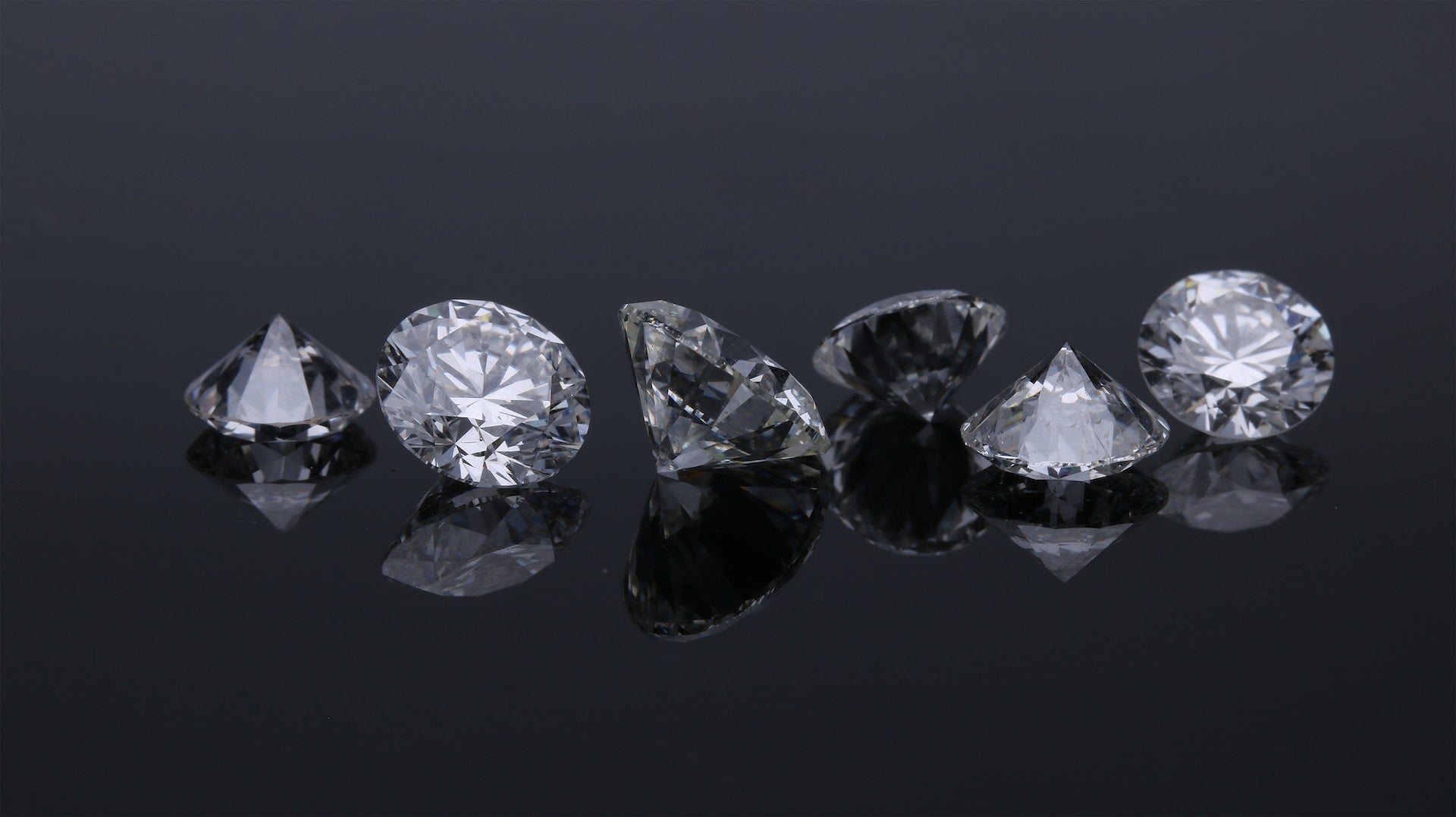Lab-grown diamonds have exploded in popularity recently as an ethical, affordable alternative to mined diamonds. Brillistar is one of the leading producers of high-quality, lab-created diamond jewelry. In this blog post, we'll look in-depth at Brillistar's process for manufacturing a stunning lab-grown diamond ring from start to finish.
Introduction to Lab-Grown Diamonds and Brillistar
Lab-grown or lab-created diamonds are chemically identical to natural diamonds. They are grown in controlled laboratory environments using cutting-edge technology, replicating the high heat and pressure conditions under which diamonds form underground. Chemical vapor deposition (CVD) and high-pressure, high-temperature (HPHT) formation are the most common methods.
Brillistar is a pioneer in the lab-grown diamond industry. Headquartered in HK, they specialize in beautifully designed jewelry featuring lab-grown diamonds. Their state-of-the-art manufacturing facility and team of expert gemologists allow them to control every process step, ensuring flawless quality. Brillistar offers extensive customization so you can create the perfect ring to represent your love.
Step 1: Designing a Unique Lab-Grown Diamond Ring
The first step in Brillistar's ring creation process is designing the perfect ring. Their team uses advanced 3D modeling software and CAD technology to design every facet of the ring based on the customer's preferences. This includes details like:
- Diamond cut and shape - round, princess, cushion, oval, pear, etc.
- Diamond size - determined by the carat weight
- Ring setting style - halo, solitaire, three-stone, etc.
- Band metal - yellow gold, white gold, rose gold, platinum
- Accents and side stones - diamond accents or gems like sapphires
Every ring is fully customizable. The design software allows them to model the exact diamond and setting before it's produced. Customers can select their ideal diamond color, clarity, and shape to design their dream ring.

Step 2: Creating Flawless Lab-Grown Diamonds
Once the ring is designed, the next step is growing the perfect lab diamond. Brillistar uses advanced CVD and HPHT methods to produce exceptional lab-grown diamonds.
In the CVD method, a plasma chamber containing methane and hydrogen gases creates carbon for diamond creation. The gases are activated using microwaves, hot filaments, or other energy. This breaks down the gases, allowing carbon atoms to accumulate on a substrate in a lattice structure, forming diamond crystals.
For HPHT formation, a carbon seed crystal is placed in a hydraulic press where it's subjected to pressures over 1.5 million pounds per square inch and temperatures over 2,550° F. This mimics the conditions diamonds undergo naturally deep underground.
To maximize optical properties, Brillistar carefully controls every process parameter, including pressure, heat, and growth time. State-of-the-art scanning technology ensures uniform crystal growth free of inclusions and imperfections. This results in diamonds with unbeatable brilliance and fire.

Step 3: Expert Diamond Cutting and Polishing
Once grown, the rough diamond moves to Brillistar's expert gem cutters. Diamonds in their rough, uncut form do not show their full beauty. The cutting and polishing process is critical for maximizing light performance and sparkle.
Brillistar's master cutters facet the diamond with extreme precision to achieve the desired shape, angles, and proportions based on the initial design. Advanced laser technology and computer modeling guide the cutting process. The diamonds are then meticulously polished using diamond powder to complete the faceting and maximize reflectivity.
This cutting and polishing process is an art form perfected by Brillistar's seasoned gemologists. It unlocks the light within each unique lab-grown diamond.

Step 4: Setting the Diamonds in an Exquisite Ring
The precisely faceted diamonds are now ready for setting into the designed ring mounting. Brillistar offers a variety of secure setting types, including:
- Prong setting - metal claws hold the diamond in place; optimal for solitaire rings
- Bezel setting - a metal rim surrounds and secures the diamond
- Channel setting - diamonds are set side-by-side in a channel in the band
- Tension setting - diamonds appear suspended between the two sides of the band
The diamonds are meticulously placed with ideal symmetry and alignment. Side accent diamonds are set to surround a dazzling center stone. Precious metals like platinum or gold in various colors are shaped into the perfect complementary band.
This manual diamond setting process is the final touch of craftsmanship before completion.
Step 5: Quality Control and Final Inspection
In the final stage, every ring undergoes rigorous inspection and testing to ensure flawless quality. Brillistar leverages cutting-edge gemological tools and processes for analysis, including:
- Color grading - determining precise color grade on scales like GIA's D-to-Z scale
- Clarity grading - examining inclusions and blemishes under 10x magnification
- Measurement - precise diamond carat weight, dimensions, and symmetry
- Spectrometry - analyzing light performance and diamond chemicals/composition
- Setting security - testing prong strength, bead alignment, etc.
Diamonds are inspected with strict criteria to ensure they meet Brillistar's highest standards of excellence. Each ring is meticulously polished, cleaned, and prepared for delivery in elegant packaging.
Conclusion
Brillistar has perfected the art and science of lab-grown diamond ring production. Their unique designs, engineering expertise, and meticulous craftsmanship allow you to design your ideal diamond ring. Lab-grown diamonds are the eco-friendly, ethical future of diamonds, available at prices far below-mined diamonds.
Brillistar's mission is to share the magic of flawless lab diamonds with the world. They deliver breathtaking rings that symbolize forever love by controlling the process from diamond growth to cutting and setting.


Leave a comment